Activated carbon (AC) is a versatile and widely used adsorbent with applications ranging from environmental remediation to gas purification, water treatment, and even medical uses. Traditionally, powdered activated carbon (PAC) has been the preferred form due to its large surface area and porosity. However, in recent years, activated carbon fiber (ACF) has gained attention for its unique properties and advantages over PAC in certain applications. This article explores the areas where activated carbon fiber demonstrates superiority over powdered activated carbon, highlighting its enhanced adsorption capacity, mechanical properties, and potential applications.
View More New Posts:
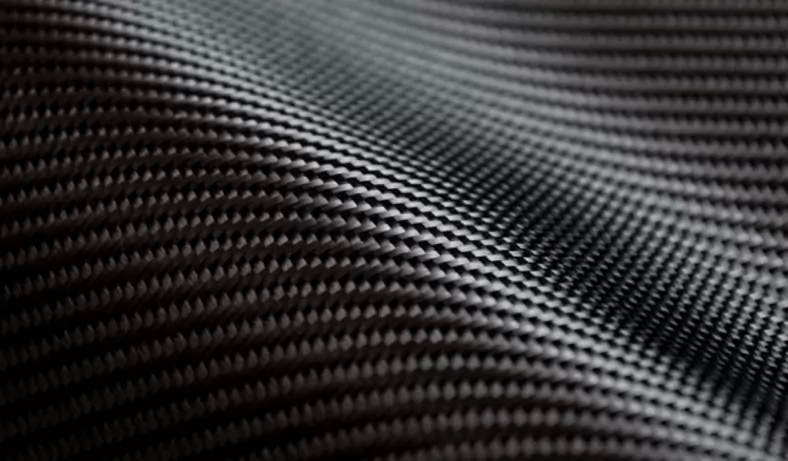
Introduction
Activated carbon, in its various forms, plays a critical role in addressing environmental and industrial challenges. It possesses a high surface area and a network of micropores, making it highly effective in adsorbing a wide range of substances from liquids and gases. The traditional form of activated carbon, powdered activated carbon (PAC), has been the preferred choice due to its accessibility and ease of handling. However, activated carbon fiber (ACF), with its distinct characteristics, offers several advantages that make it superior to PAC in certain scenarios.
Activated Carbon Fiber: Properties and Manufacturing
Activated carbon fiber is a type of carbonaceous material that is produced by carbonizing natural or synthetic fibers, such as rayon, pitch-based fibers, or PAN-based fibers, followed by activation processes. The activation involves chemical or physical treatments to create a highly porous structure with a large surface area. This unique manufacturing process results in ACF’s exceptional properties, including higher mechanical strength, enhanced adsorption capacity, and tailored surface chemistry.
Superior Adsorption Capacity of Activated Carbon Fiber
One of the key advantages of activated carbon fiber over powdered activated carbon is its superior adsorption capacity. The structure of activated carbon fiber allows for a more controlled and uniform distribution of pores, leading to enhanced adsorption kinetics and efficiency. The interconnected pore network in ACF provides faster access for adsorbates to reach the internal pores, resulting in rapid and efficient adsorption.
Mechanical Properties and Durability
Activated carbon fiber stands out for its remarkable mechanical properties compared to powdered activated carbon. Traditional PAC is often fragile and dusty, making it challenging to handle and maintain. In contrast, activated carbon fiber exhibits higher tensile strength, flexibility, and resistance to breakage. This advantage is particularly important in applications where the adsorbent needs to withstand mechanical stress or fluidized bed operations.
Tailored Surface Chemistry and Selectivity
The surface chemistry of activated carbon plays a crucial role in its adsorption performance. activated carbon fiber can be modified during its manufacturing process to introduce specific functional groups on the surface. This tailoring of surface chemistry enhances the selectivity of ACF towards certain contaminants, making it ideal for targeted removal of specific pollutants from complex mixtures. PAC, on the other hand, generally has limited surface modification capabilities.
Applications Where Activated Carbon Fiber Excels
Activated carbon fiber’s unique properties enable it to outperform powdered activated carbon in various applications:
- 1. Air Purification: Activated carbon fiber’s mechanical strength and high adsorption capacity make it an excellent candidate for air purification systems. Its durability and resistance to breakage ensure prolonged service life, even in high-flow environments. Additionally, ACF’s tailored surface chemistry can be optimized for the removal of specific volatile organic compounds (VOCs) and odors.
- 2. Water Treatment: In water treatment, Activated carbon fiber’s rapid adsorption kinetics and mechanical stability are advantageous. It can effectively remove organic pollutants, heavy metals, and micropollutants from water sources. The tailored surface chemistry allows for the development of ACF materials with high selectivity for particular contaminants, enhancing overall treatment efficiency.
- 3. Protective Clothing and Personal Protective Equipment (PPE): Activated carbon fiber’s mechanical strength and flexibility make it an ideal material for incorporating into protective clothing and PPE. Its adsorption capabilities can help capture toxic gases and chemicals, providing an additional layer of safety for personnel working in hazardous environments.
- 4. Medical and Healthcare Applications: Activated carbon fiber’s tailored surface chemistry and large surface area have led to its use in medical applications. It can be employed for drug delivery systems, wound healing, and removal of toxins from the bloodstream. The controlled release of drugs from ACF-based materials can improve therapeutic outcomes.
- 5. Energy Storage and Supercapacitors: The porous structure of activated carbon fiber allows for high surface area, making it suitable for energy storage applications like supercapacitors. ACF-based supercapacitors can provide rapid energy release and uptake, contributing to advancements in renewable energy storage.
Conclusion
activated carbon fiberIt is a high-tech product made of carbon fiber. It is a kind of microporous carbon fiber. It began to develop rapidly as early as the 1970s and has now fully entered into industrial production. Activated carbon fibers are mainly used to purify the environment, absorb toxic substances and recover organic compounds. Some people will confuse activated carbon and activated carbon fiber. In fact, they are different substances. This article will tell you how activated carbon fiber is superior to activated carbon.
- The adsorption capacity of activated carbon fiber is larger than that of activated carbon. For example, for mercaptans with foul odor, the adsorption capacity differs by as much as 40 times. Some substances that are difficult to absorb, such as trace pollutants with a concentration of less than 10ppm, also have a large amount of adsorption. adsorption capacity.
- The adsorption speed is fast. If activated carbon and carbon fiber are made into adsorption layers of the same thickness, the gaseous benzene blows the adsorption layer at the same speed, and if the outlet concentration reaches 10ppm as the penetration layer, it only takes a few minutes for the activated carbon adsorption layer to penetrate, but The activated carbon fiber adsorption layer can be used for a long time.
- The adsorption speed is fast. For some gaseous substances, activated carbon fiber adsorption can reach 800%, while activated carbon can only reach 100%.
- Another feature of activated carbon fiber is that it has strong plasticity, can be processed into various shapes, and is easy to use. Activated carbon fiber is manufactured by activating pitch-based carbon fiber, phenolic-based carbon fiber, etc. at high temperature. The surface of the manufactured carbon fiber will produce pore size and increase the surface area.
As people’s awareness of environmental protection continues to increase, the attention to the living environment is also increasing, and activated carbon fiber is very popular because of its excellent performance in purifying the environment.
Activated carbon fiber’s superiority over powdered activated carbon in terms of adsorption capacity, mechanical properties, and tailored surface chemistry highlights its potential in various applications. While powdered activated carbon remains the go-to choice for certain situations, activated carbon fiber’s unique characteristics make it an exciting alternative that can address specific challenges more effectively. As technology continues to evolve, further research and development will likely expand the range of applications where activated carbon fiber excels, contributing to cleaner air, water, and enhanced industrial processes.
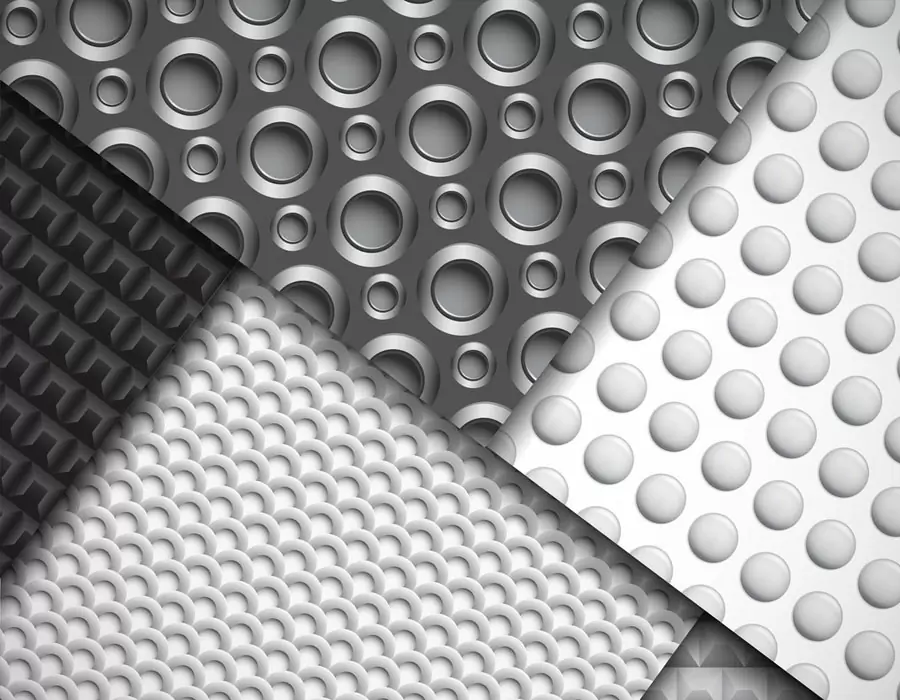
ISO 9001 certified. BE-CU Prototype Offering CNC machining carbon fiber and other manufacturing services for carbon fiber marterial. Various capabilities include notching, labeling, drilling carbon fiber, grinding, laser cutting carbon fiber, finishing, plating, marking, CNC milling carbon fiber and turning carbon fiber.We stock high quality 3k carbon fiber sheet in a variety of thickness, types and finish. Its a great material used in applications where light weight and strength are needed such as drones. Unlike other workshops, we have no min order and are often filling orders with a single part. We also don’t make you pay for the full sheet and you only get charged for what is used. With a large selection of material, you should find everything you need to make your project come to life. We are also able to handle larger production runs and provide a competitive pricing. If we don’t have the material or finish you require, we are more the willing to look at bringing it in for you.
What Is Carbon Fiber?Carbon fiber is made of polyacrylonitrile (PAN) (or pitch, viscose) and other organic fibers by carbonization (removal of most elements except carbon) by pyrolysis method under inert gas at high temperature above 1,000 °C. Inorganic polymer fibers with a carbon content of more than 90%.
-

3D Printing Continuous Fibres
-

3D Printing Short Fibre Filled Wires
-
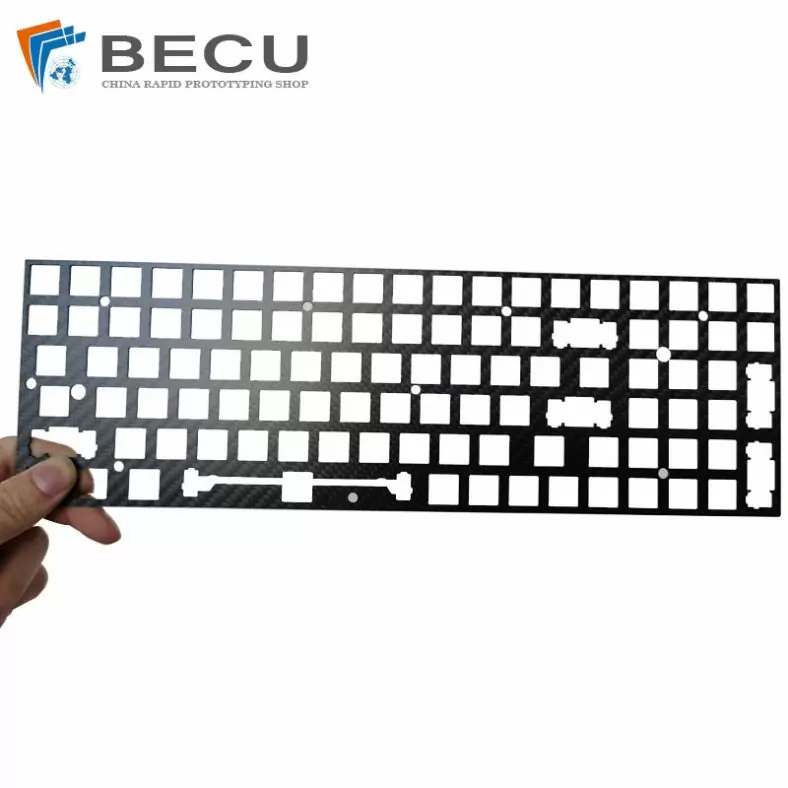
Laser Cutting Carbon Fiber Positioning Keyboard
-

Cnc Turning Industrial Copper-Aluminum Clad Carbon Fiber Machinery Parts
-
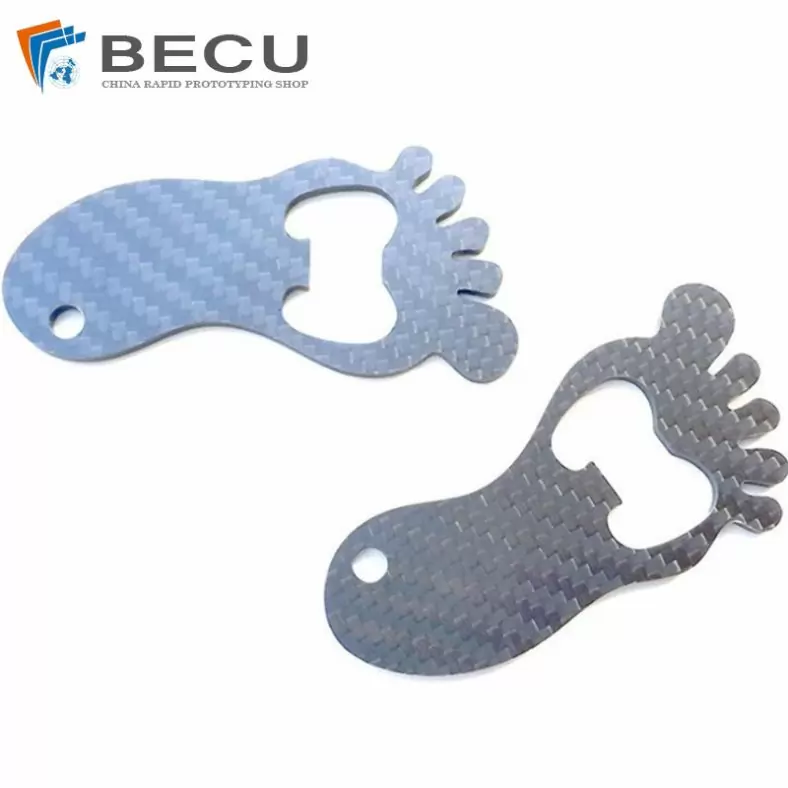
Carbon Fiber Luggage Tag Ornaments
-
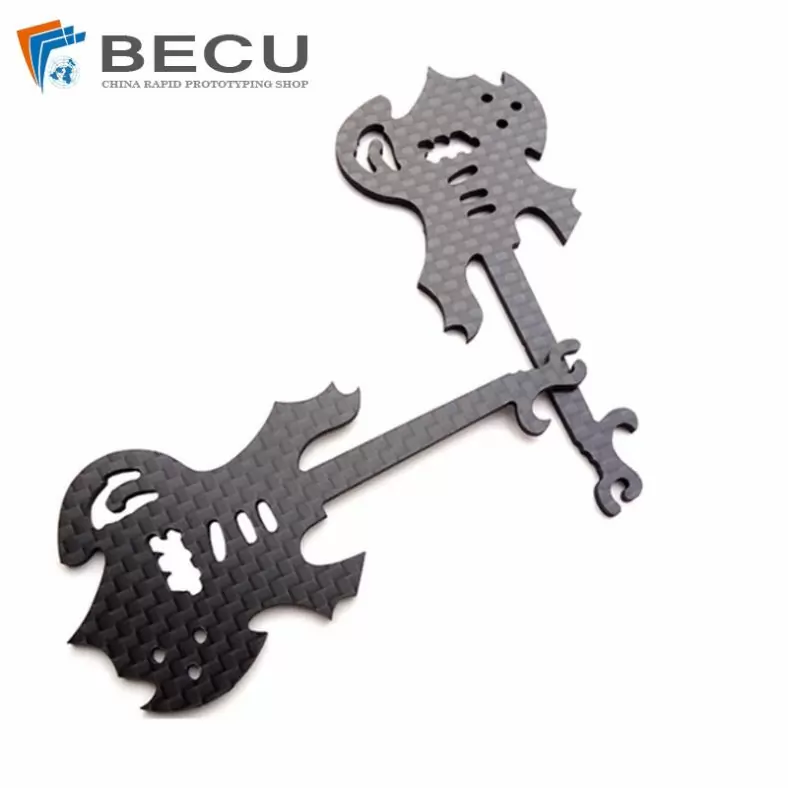
Laser Cutting Carbon Fiber Guitar Shape Crafts
-
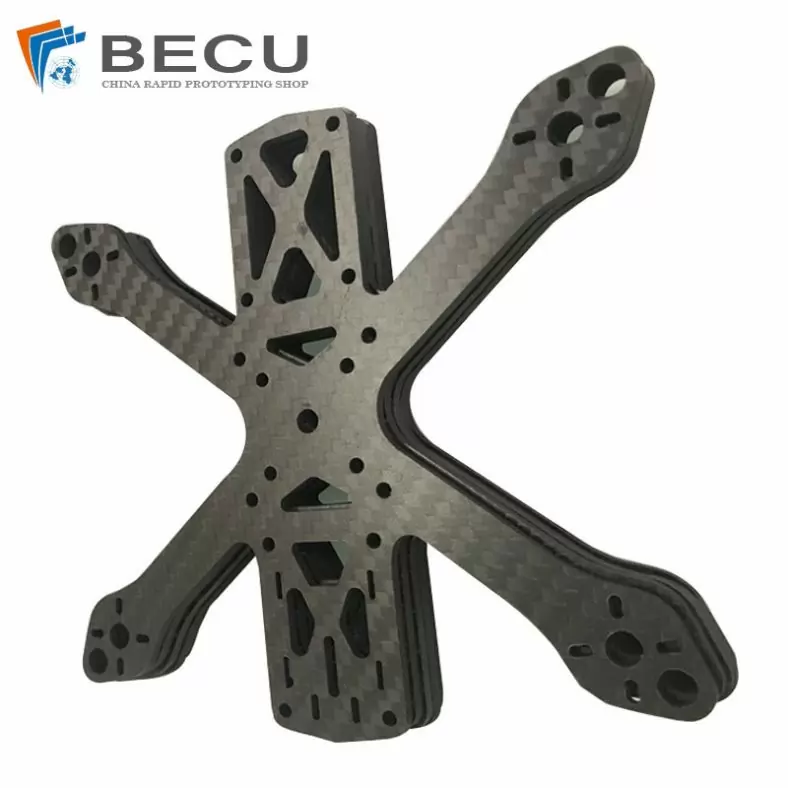
Laser Cutting Carbon Fiber Drone Rack
-
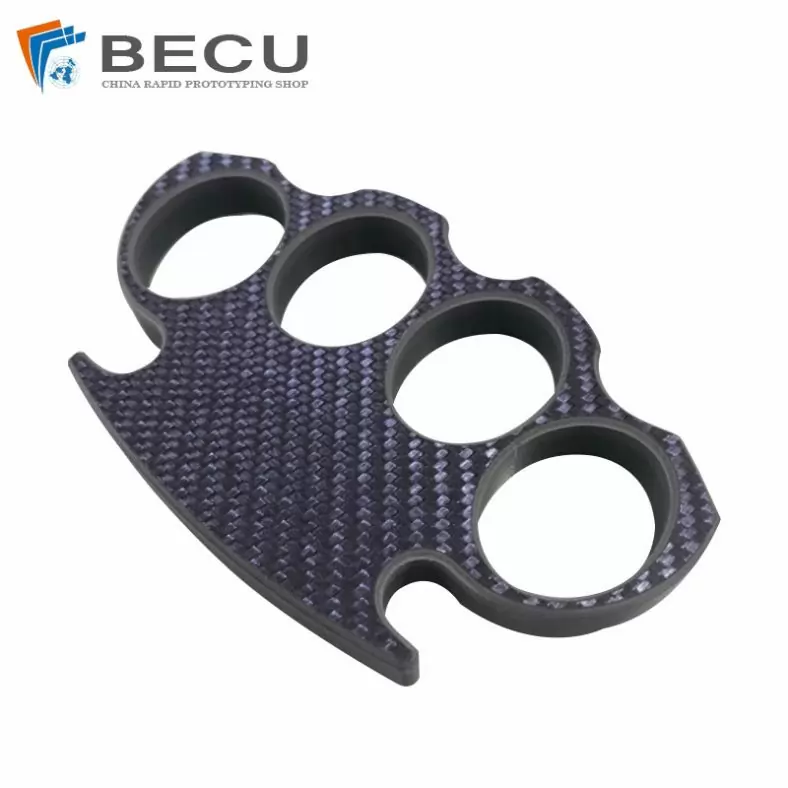
Cnc Milling Carbon Fiber Finger Buckle
